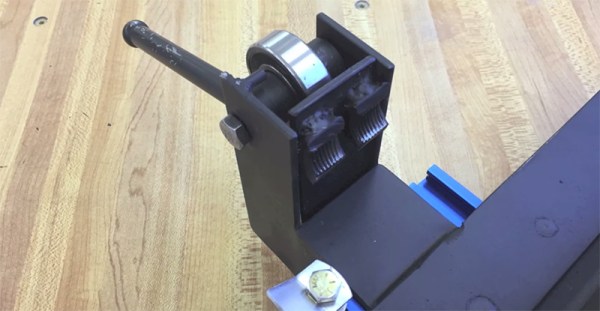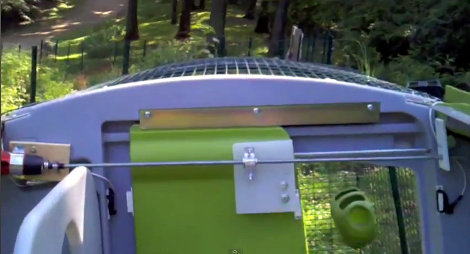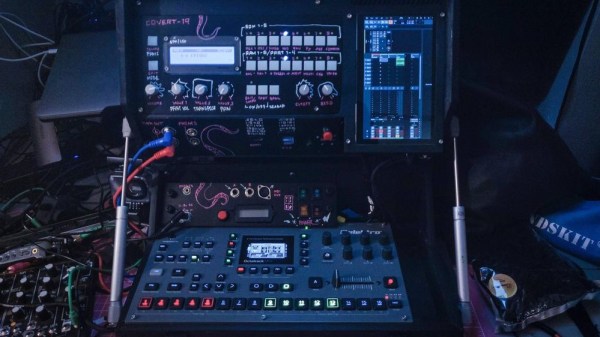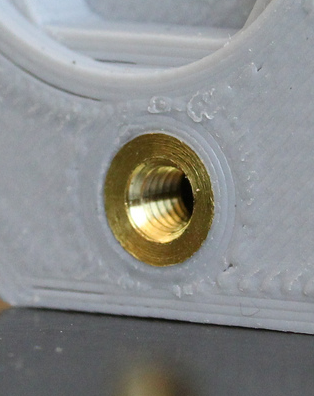Back in the bad old days, table saw fences were terrible. You would have to measure the top and bottom of the fence before each cut, just to make sure the fence was square to the blade. In the 1970s, [Bill Biesemeyer] invented a better table saw fence, one that was always square, and included a measuring tape, right on the table saw.
[Jer] wanted an upgrade for his table saw and came up with what might be the next evolution of the table saw fence. It will always produce a square cut, but unlike the 1970s version, this fence has repeatability. If you rip a board to 1″, move the fence, come back to it after a month, and try to rip another board to 1″, those two boards will be exactly the same width.
The secret to this repeatability is a threaded rod. On the front of the fence is a big, beefy piece of threaded rod with 16 threads per inch. On the fence itself is two nuts, cut in half, welded to the guide, with a lever and cam to lock them in place.
When the lever is up and the nuts are disengaged from the threaded rod, the fence easily moves from one side of the table to the other. When the fence is locked down, it locks to the nearest 16th of an inch, and only the nearest 16th of an inch. While that may seem a little large for a relatively expensive tool, this is wood we’re talking about here. There’s not much reason to make the resolution of this fence any smaller; wait until the humidity changes and you’ll have a piece of wood that’s the desired dimension.
Continue reading “An Improved Table Saw Fence With Threaded Rod”





 Like many of us, [Sean] has embraced the use of heat-set threaded inserts to beef up the mechanical connections on his 3D-printed parts. [Sean] dedicated a soldering iron to the task, equipping it with a tip especially for the job. But it was the flavor of iron proverbially known as a “fire stick” and he found that this iron was too hot for PLA prints. As the new owner of a lathe, he was able to make quick work of the job using a piece of brass rod stock. Luckily, Hakko tips just slip on the heating element, so no threading operations were needed. [Sean] made insert tips for multiple sized inserts, and the results speak for themselves.
Like many of us, [Sean] has embraced the use of heat-set threaded inserts to beef up the mechanical connections on his 3D-printed parts. [Sean] dedicated a soldering iron to the task, equipping it with a tip especially for the job. But it was the flavor of iron proverbially known as a “fire stick” and he found that this iron was too hot for PLA prints. As the new owner of a lathe, he was able to make quick work of the job using a piece of brass rod stock. Luckily, Hakko tips just slip on the heating element, so no threading operations were needed. [Sean] made insert tips for multiple sized inserts, and the results speak for themselves.












